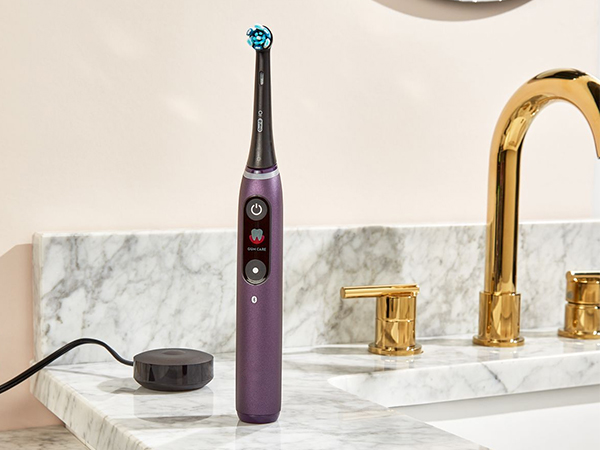




The 720p liquid crystal display (LCD) screen, characterized by its 1280×720 pixel resolution, has long been a staple in the display technology landscape, offering a balance between performance and cost. This resolution, also known as HD (High - Definition), provides a significant improvement over standard - definition displays, delivering clearer images, sharper text, and more detailed visuals.
In the consumer electronics market, 720p LCD screens are widely used in various devices. Entry - level smartphones often feature 720p LCD panels, allowing users to enjoy a decent viewing experience for multimedia content, web browsing, and gaming without the high cost associated with higher - resolution displays. For example, many budget - friendly smartphones target price - sensitive consumers who still want a good - quality display for daily use. The 720p resolution is sufficient to show vibrant colors and smooth video playback on the relatively small screen sizes of these devices.
In the realm of monitors and TVs, 720p LCD screens have also found their niche. Small - to - medium - sized monitors, typically ranging from 19 to 24 inches, with 720p resolution are popular choices for basic office work, such as word processing, spreadsheet management, and light graphic design. These monitors offer a clear view of documents and interfaces, and the 720p resolution is adequate for displaying text - heavy content without straining the eyes. In the TV market, although 720p has been somewhat overshadowed by higher resolutions like 1080p and 4K in recent years, 720p LCD TVs are still available, especially in smaller screen sizes (24 - 32 inches). They are often chosen for secondary viewing areas, such as bedrooms or kitchens, where a large, high - resolution display may not be necessary.
Technologically, 720p LCD screens utilize liquid crystal technology. Liquid crystals, when an electric current is applied, change their orientation, which in turn controls the passage of light through the screen. Backlights, usually LED (Light - Emitting Diode) backlights in modern LCD screens, provide the illumination. The combination of liquid crystals and backlights enables the display of a wide range of colors and brightness levels. The 720p resolution is achieved by precisely controlling the number of pixels in the horizontal and vertical directions, with 1280 pixels horizontally and 720 pixels vertically. This pixel arrangement allows for a good - quality visual experience, making 720p LCD screens a reliable and practical choice for many applications where high - end, ultra - high - resolution displays are not required.
